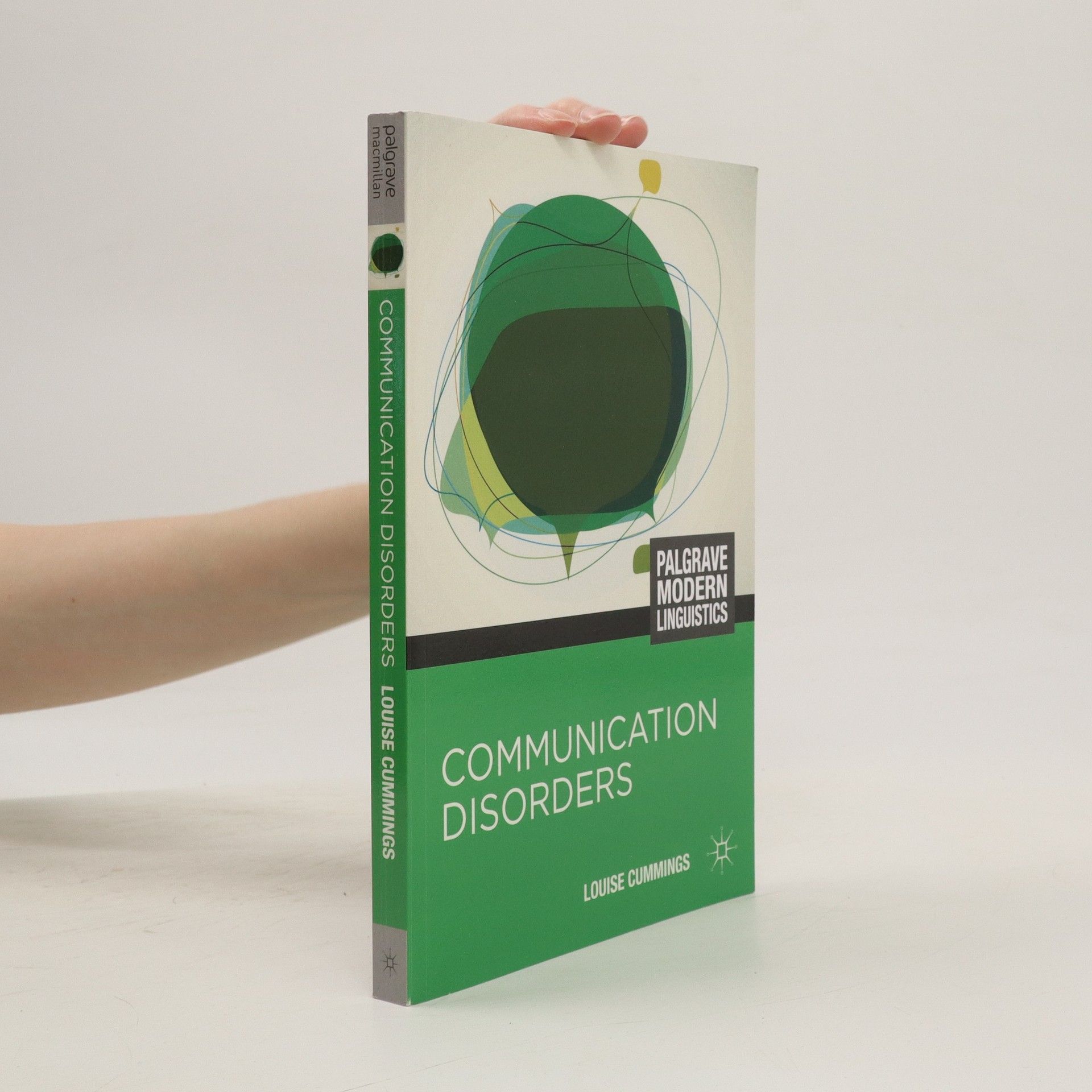Protecting the Public's Health During Novel Infectious Disease Outbreaks
- 75 pages
- 3 hours of reading
The emergence of bovine spongiform encephalopathy (BSE) in British cattle and the COVID-19 pandemic are explored through the lens of informal fallacies, which served as cognitive heuristics in public health reasoning during these crises. The book delves into how these fallacies shaped public understanding and response to health emergencies. Additionally, it is available as Open Access on Cambridge Core, making it accessible for a wider audience.

